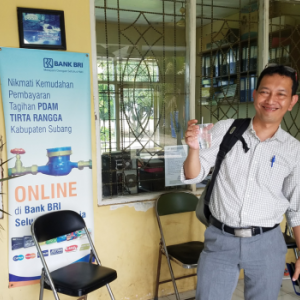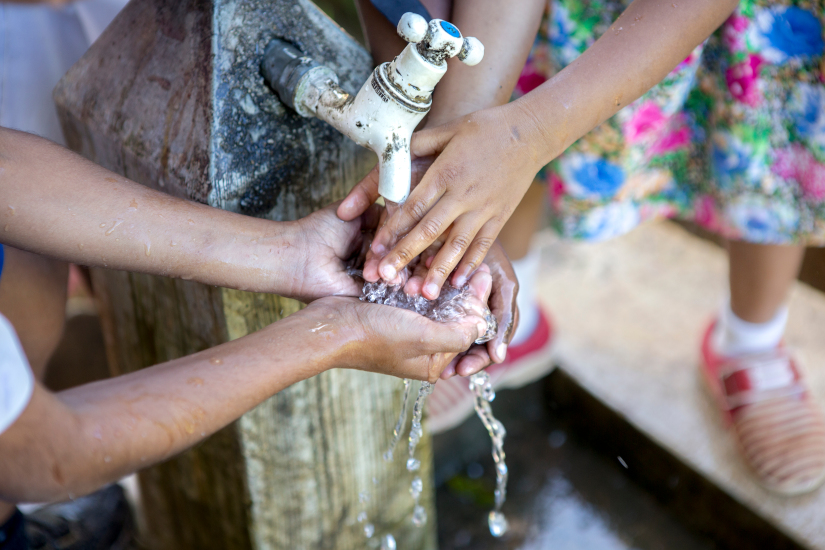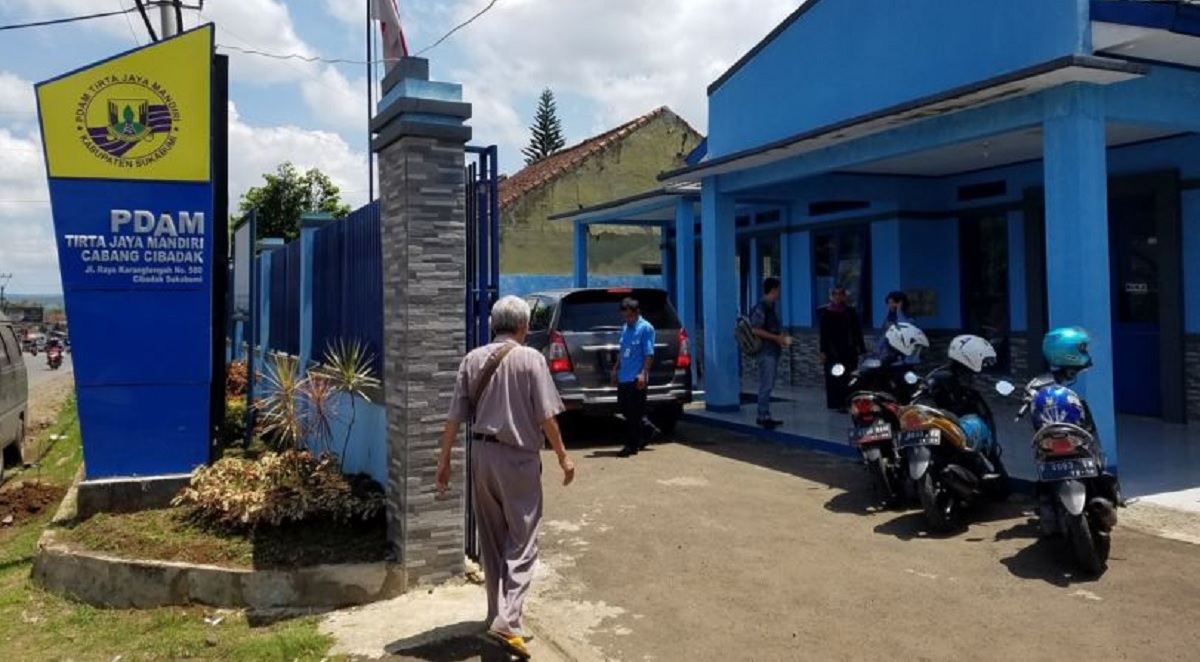Ex-Post Evaluation: Indonesia Environmental Services Program (ESP)

The Indonesia Environmental Services Program (ESP), implemented between 2004 and 2010, worked with the government, private sector, NGOs, community groups, and other stakeholders to improve the management of water resources and expand access to safe water by strengthening watershed management and delivery of key environmental services, including clean water supply, wastewater collection and treatment, and solid waste management.
The sustainability of municipal water utility capacity building efforts is critical to the provision of safe, piped water to urban populations, yet the WASH sector lacks substantial research on the subject. This evaluation helps fill that knowledge gap by examining the sustainability of water utility capacity building, microcredit, and financial outcomes associated ESP. Specifically it looked at:
- Water Utilities: The number of people served by piped water connections from eight Indonesian water utilities across West and Central Java. We examined access provided by these ESP-targeted utilities in 2015 as compared to 2010
- Finance: The degree to which improvements in financial and management capacity of the water utilities was sustained after the end of the project
- Microcredit: The status of the microcredit program introduced by ESP to increase low-income household connections to piped water.
About The Ex-Post Evaluation Series

The USAID Water Office is conducting a series of independent ex-post evaluations of the Agency’s water, sanitation, and hygiene (WASH) activities to inform future USAID investments in the sector and to better understand the long-term impact and sustainability of its interventions several years after projects close.
This evaluation series will help USAID understand whether and how its activity results have been sustained. All activities included in the series must have been closed for a minimum of three years and could not be recipients of Office of U.S. Foreign Disaster Assistance or Food for Peace funding. Preference is given to USAID missions that are at a point in their design cycle to incorporate learnings into upcoming WASH programs.
This evaluation series builds upon USAID and Rotary International’s WASH Sustainability Index Tool, a framework to assess a WASH activity’s likelihood to be sustainable according to the following factors: availability of finance for sanitation; local capacity for construction and maintenance of latrines; the influence of social norms; and governance.


